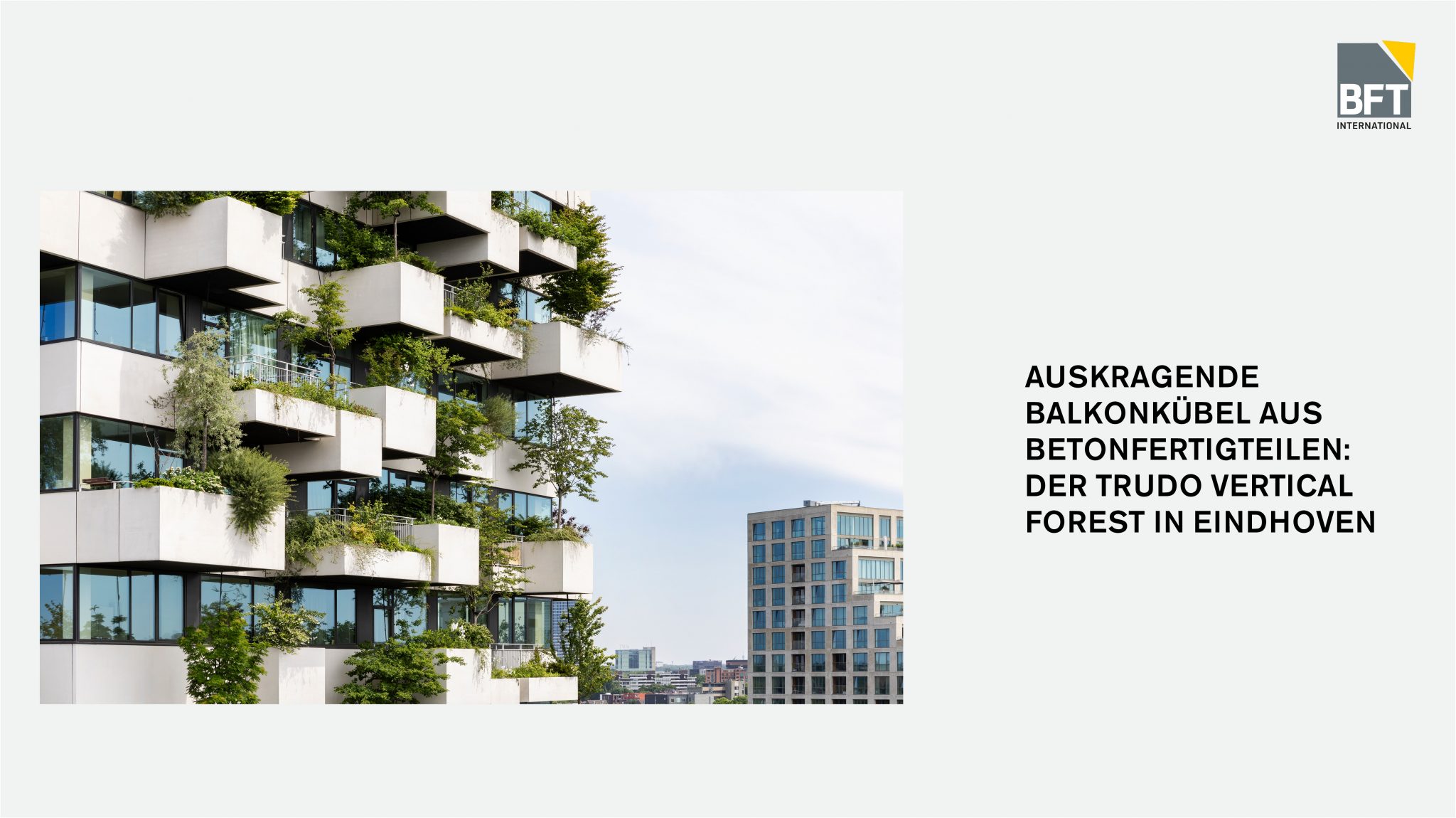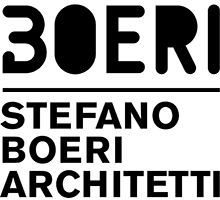
The BFT International website features an article on Trudo Vertical Forest, a project by Stefano Boeri Architetti in Eindhoven that applies the Vertical Forest model to social housing for the first time.
Trudo Vertical Forest, part of the urban renewal plan for “Strijp-S” – a redevelopment project targeting the area formerly owned by electronics company Philips, a defining presence in the district – transforms what was once a closed-off site into a new creative hub for Eindhoven. The project creates a green habitat within the metropolitan environment, fostering biodiversity through the presence of over 70 different plant species. This living ecosystem combats air pollution by absorbing CO₂ and fine particulates, further developing the model first tested in Milan and now brought to the Netherlands as a new design paradigm in which vegetation and living nature are considered structural—not merely decorative—elements of architectural language.
The 70-meter-tall residential tower spans 18 floors and features eight 50 m² rent-controlled apartments per floor, each with a generous ceiling height of 3.5 meters. This design choice serves a dual purpose: on one hand, it allows for mezzanine construction and space customization by tenants, or potential future conversion to commercial use; on the other, it is essential for ensuring enough vertical space for the healthy growth of trees on the balconies.
To read the full article: https://www.bft-international.com/de/artikel/auskragende-balkonkuebel-aus-betonfertigteilen-der-trudo-vertical-forest-in-eindhoven-4248547.html
